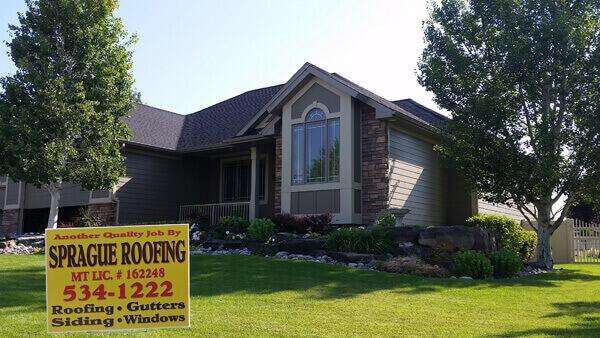Pest problems around roofs are common and can cause damage to both the roof itself and the interior of the building. Here are some pests commonly associated with roof damage:
1. Birds: Birds can nest in the roof, especially in areas with open vents or gaps. They can cause damage by pecking at roofing materials, creating openings for water to enter. Bird droppings can also be corrosive and cause damage to the roof over time.
2. Squirrels: Squirrels are notorious for chewing through roofing materials to gain access to the attic. They can cause significant damage by gnawing on wood, insulation, wiring, and even structural components. Their nesting activities can also lead to water leaks and further deterioration of the roof.
3. Raccoons: Raccoons are adept climbers and can easily access the roof. They can damage shingles and vents when trying to gain entry into the attic. Once inside, they can cause further destruction and create a mess with their droppings and urine.
4. Rodents: Mice, rats, and other rodents can find their way onto the roof through openings like vents, damaged roof edges, or joints. Once on the roof, they may chew through roofing materials, insulation, and wiring. They also pose a fire hazard by gnawing on electrical wires.
5. Insects: Certain insects can cause problems around roofs. For example, termites can infest wooden roof structures, causing significant damage over time. Carpenter ants can also tunnel through wood, weakening it. Additionally, wasps, bees, or hornets can build nests in roof cavities or on the exterior, posing a threat to occupants.
To prevent pest problems around roofs, here are some preventive measures:
1. Ensure all openings, gaps, or cracks in the roof and its perimeter are sealed or repaired to prevent pest entry.
2. Regularly inspect and clean gutters and downspouts to prevent debris buildup, which can attract pests.
3. Trim overhanging tree branches near the roof, as they can serve as access points for pests.
4. Install mesh screens or bird guards to cover vents, chimneys, or other openings susceptible to pest entry.
5. Maintain a tidy outdoor area by keeping it free from accumulated debris, which can attract pests.
6. Store any potential food sources away from the roof area and ensure garbage bins are tightly sealed.
If you suspect a pest problem around your roof, it is best to consult a professional pest control company. They can assess the extent of the infestation, provide appropriate treatment, and help implement preventive measures to avoid future issues. Contact us for all of your roofing needs!

